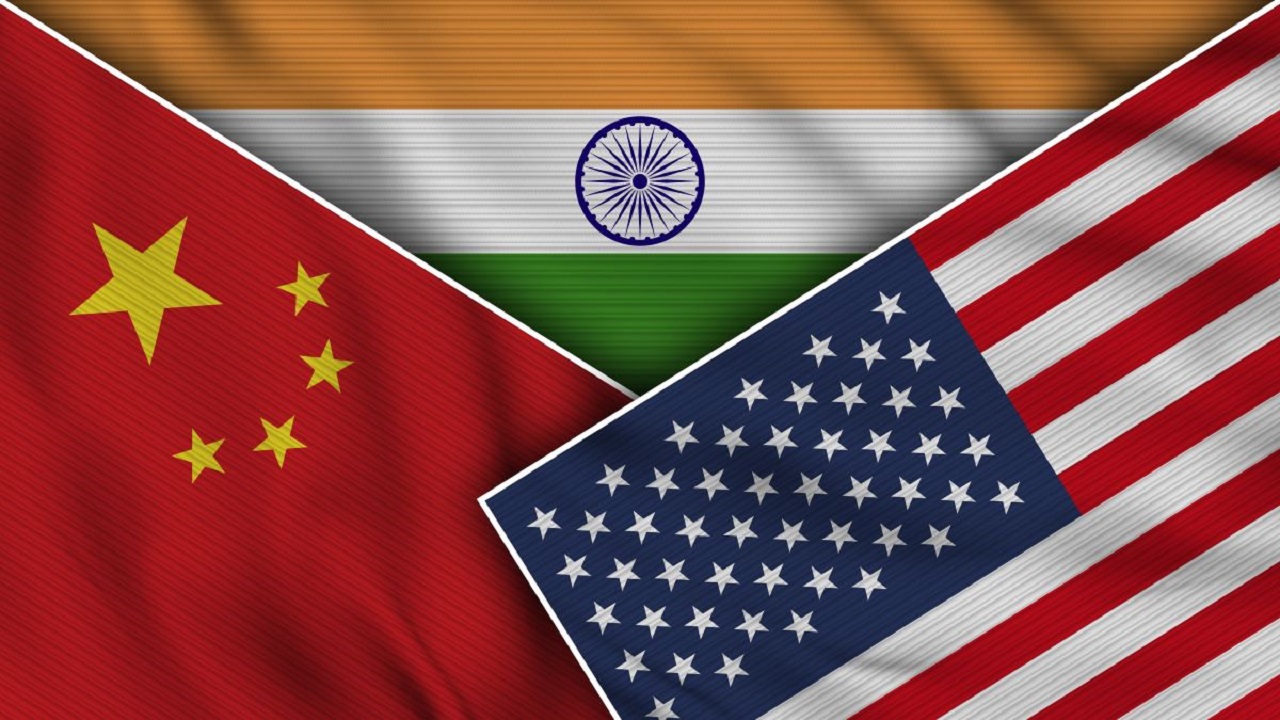India’s Trade Dilemma: Strengthening Ties with China Amid Global Pressures
Context
-
India’s trade with China has been shaped by border tensions, trade imbalances, and investment restrictions.
-
The 2020 Galwan clash led to strict trade and investment curbs on China.
-
Meanwhile, the US is pressuring India to lower tariffs and align with its trade policies.
-
As border tensions ease, India is reconsidering trade ties with China while balancing its global strategy.
India-China Trade in FY24
-
Total trade: $118.40 billion, making China India’s top trading partner.
-
China’s share in India’s total imports: 15%.
-
India’s total imports: $675.42 billion, of which $101.74 billion came from China.
Widening Trade Deficit
-
India’s trade deficit with China is $83 billion due to:
-
Limited Export Basket: India mainly exports raw materials, lacking high-value goods.
-
Market Access Barriers: China restricts Indian exports in agriculture, pharmaceuticals, and IT.
-
Chinese Investment in India
-
China ranks 22nd in FDI equity inflows into India.
-
Cumulative FDI (April 2000 – September 2024): $2.5 billion.
-
Despite high trade volume, Chinese investment remains low due to Indian restrictions.
Easing Trade Restrictions on China
Proposed Relaxations
-
India is considering easing post-2020 trade curbs by:
-
Reducing tariff and non-tariff barriers.
-
Easing visa restrictions for Chinese business personnel.
-
Reopening access to some banned Chinese apps.
-
Industry Push for Trade Liberalization
-
Indian SMEs and manufacturing sectors advocate relaxed restrictions to ease supply chains.
-
Proposed measures:
-
Simplifying BIS certification for Chinese imports.
-
Extending visas for Chinese workers in infrastructure projects.
-
Balancing US and China Relations
-
The US is pressuring India to reduce tariffs.
-
Economic engagement with China could serve as a counterbalance.
-
A Finance Ministry report supports easing trade restrictions to maintain trade flexibility.
India and the ‘China Plus One’ Strategy
Understanding ‘China Plus One’
-
China Plus One (C+1) strategy helps companies reduce dependence on China by diversifying supply chains.
-
Key drivers:
-
Rising labor costs in China.
-
US-China trade tensions.
-
COVID-19 supply chain disruptions.
-
India’s Progress in Capturing C+1
-
NITI Aayog (Dec 2024) report: India has had limited success in leveraging this trend.
-
However, recent shifts indicate progress:
-
SAIC Motors divesting from MG Motors.
-
Shein re-entering India via Reliance Retail.
-
India’s Trade Dilemma: Investment vs. Imports
-
India must choose between:
-
Increasing Chinese investments for economic growth.
-
Maintaining restrictions to curb import dependence.
-
-
Any trade relaxation will be gradual, aligned with India’s long-term economic goals.


1.jpg)

Comments (0)